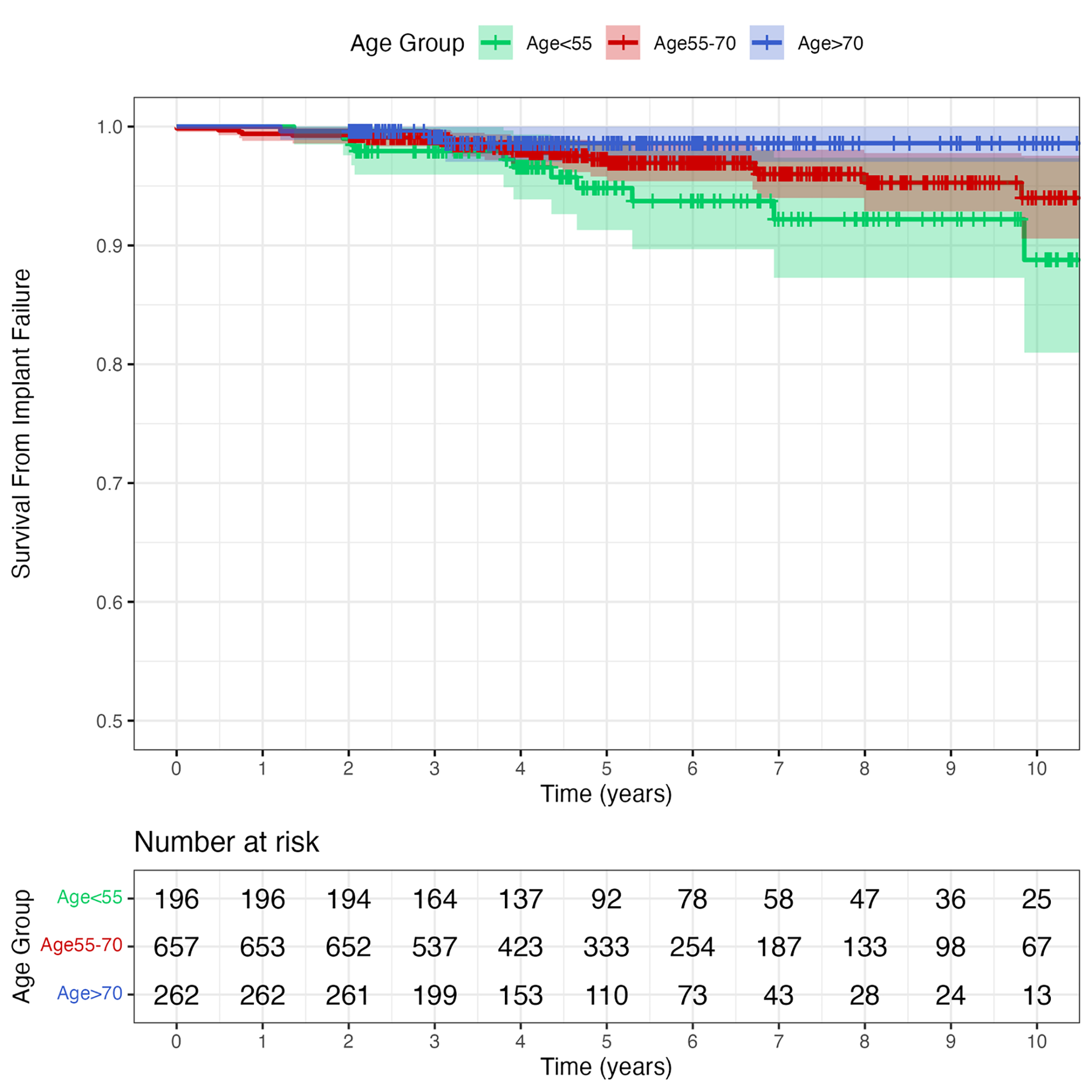Editor-in-Chief Dr. Marc Swiontkowski discusses a new study in JBJS examining the effect of age on complication rates and patient-reported outcomes after total ankle arthroplasty (TAA).
Advances in implant design and surgical technique in the last decade and a half have led to more predictable outcomes in ankle arthroplasty. I believe we are now at the stage in the evolution of implants, appropriate patient identification, and surgical technique similar to that of total hip arthroplasty in the late 1980s and knee replacement at the start of this century. Joint registries played an important role in such advances.
In a new study in JBJS, Anastasio et al. report the results of TAA, as segmented by age group, in a large, single-institution series. They note that while the use of TAA is increasing, previous studies demonstrated no clear consensus on the association between age and outcomes.
The authors retrospectively reviewed the records of 1,115 patients who underwent primary TAA. The patients were categorized by age: those <55 years of age (196 patients), 55 to 70 years of age (657 patients), and >70 years of age (262 patients). Mean follow-up was 5.6 years.
Compared with the patients in the 2 older age groups, the patients who were <55 years of age had the highest rates of any reoperation, implant failure, and polyethylene exchange. Those <55 years of age also scored worse on the majority of patient-reported outcome measures preoperatively and postoperatively as well as experienced the smallest improvements compared with the older patients in activities of daily living subscales of the FAOS. Pain scores at the latest follow-up were highest among those <55 years of age. Read the full study at JBJS.org:
As with the evolution of knee and hip arthroplasty, researchers will continue to explore the interplay of higher activity levels and greater functional demands of younger patients undergoing TAA and potential issues such as component loosening and need for revision. Anastasio et al. point to observed trends of worse pain and function in younger patients after total knee arthroplasty “due to a myriad of proposed factors” and sought to analyze whether the trends also exist after TAA.
Reports like this are of critical importance to continued work on prosthetic design, optimum patient selection, and further refinement of surgical techniques to advance TAA to the same level of predictability as total hip and knee arthroplasty.
Additional perspective on this study is provided by Yuki Tochigi, MD, PhD in a related commentary article: Toward Improved Surgical Treatment for Advanced Ankle Osteoarthritis in Younger Patients
Read the study by Anastasio et al.: Younger Patients Undergoing Total Ankle Arthroplasty Experience Higher Complication Rates and Worse Functional Outcomes
JBJS Editor-in-Chief




